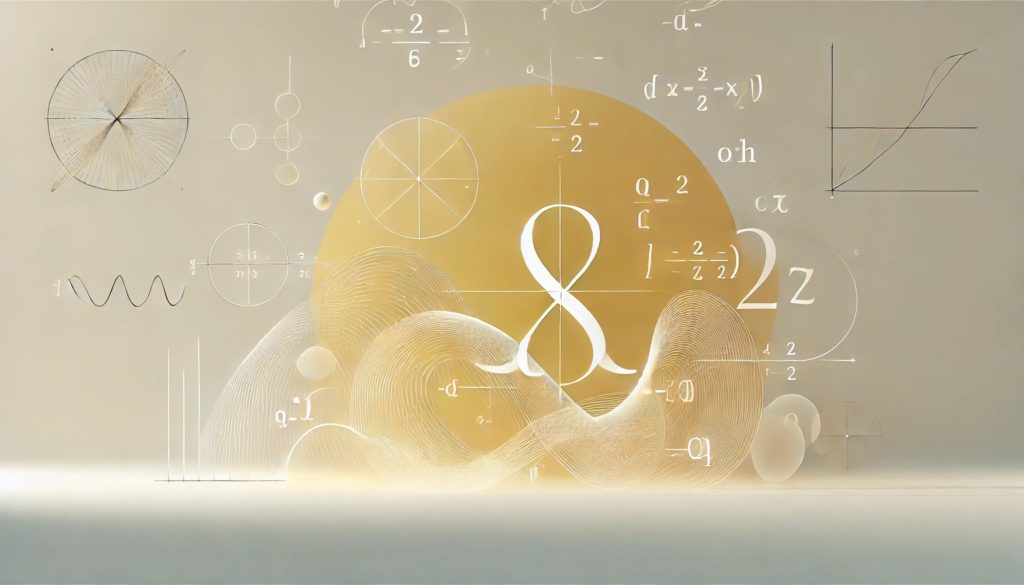I get a lot of questions about the formula for the canonical form of a quadratic function introduced in my Course on Indefinite Integrals.
The formula:

appears in the scheme for solving rational integrals in Lesson 5 of the course:
Why is there a^2?
The problem is that at first glance, it looks different from the canonical form known from high school:

The standard question here is: “Why do you have ![]() in the denominator?”
in the denominator?”
Transforming the formula
It’s enough to notice that if in the formula:

we multiply ![]() by the square bracket, we get exactly the formula:
by the square bracket, we get exactly the formula:

(after multiplying ![]() by the term
by the term ![]() it cancels out and we get
it cancels out and we get ![]() )
)
Therefore, both forms are equivalent, which means simply:

So why introduce this formula with the square bracket and a outside the bracket? Because in rational integrals, it is more convenient 🙂
In the later stages of calculating the integral, you will still need to extract ![]() in front of the integral sign (and first in front of the bracket in the denominator), so why wait? 🙂
in front of the integral sign (and first in front of the bracket in the denominator), so why wait? 🙂


